Refund Guaranteed
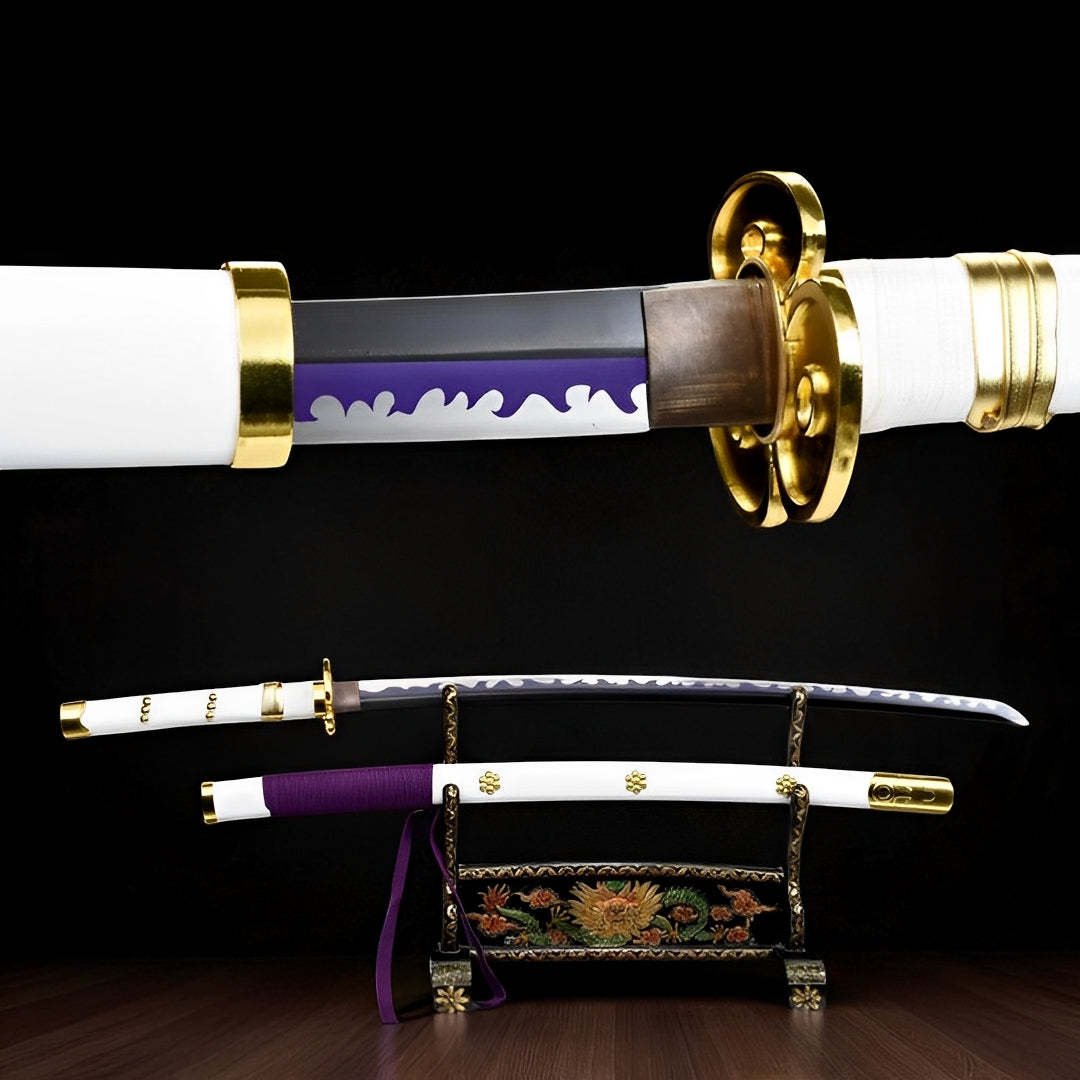



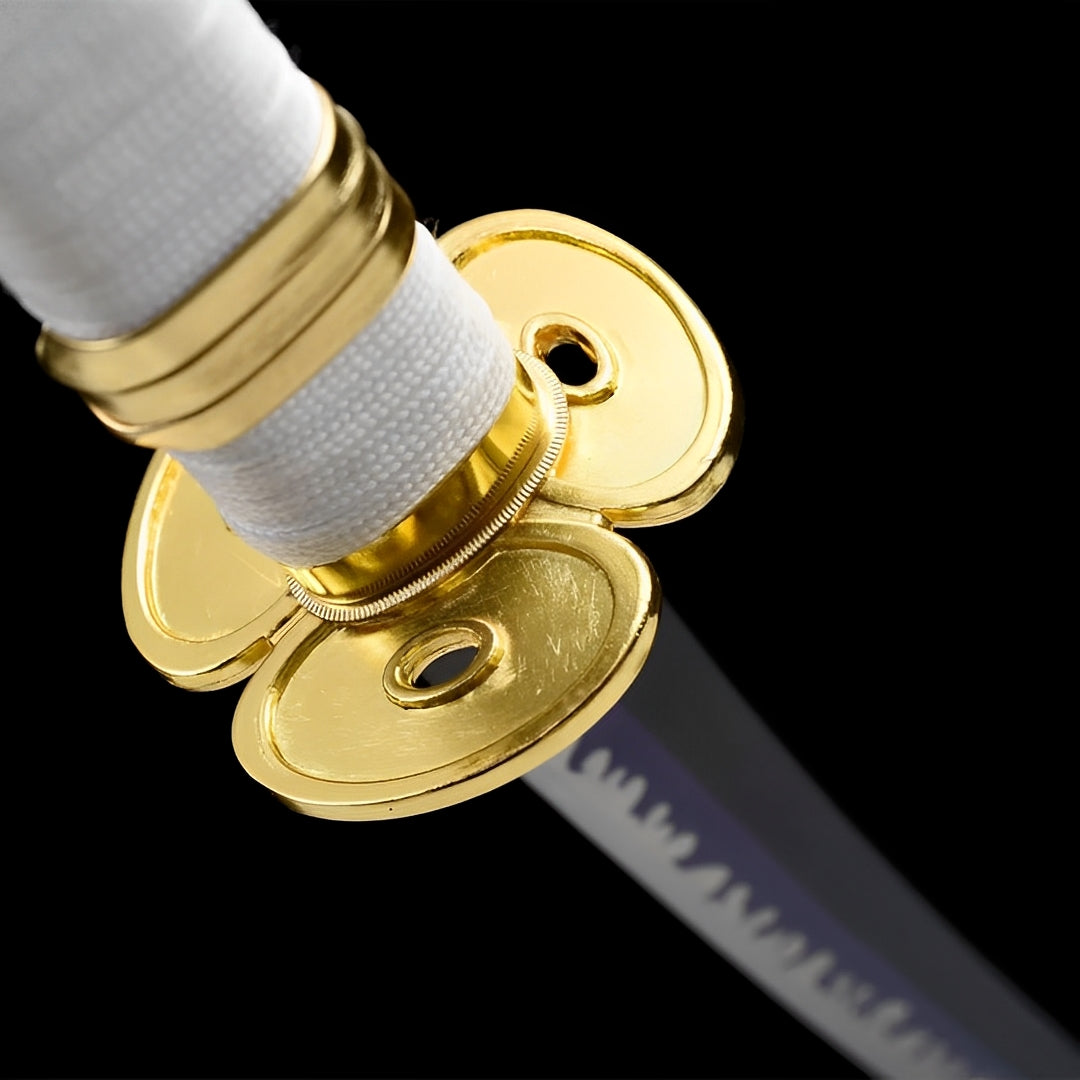

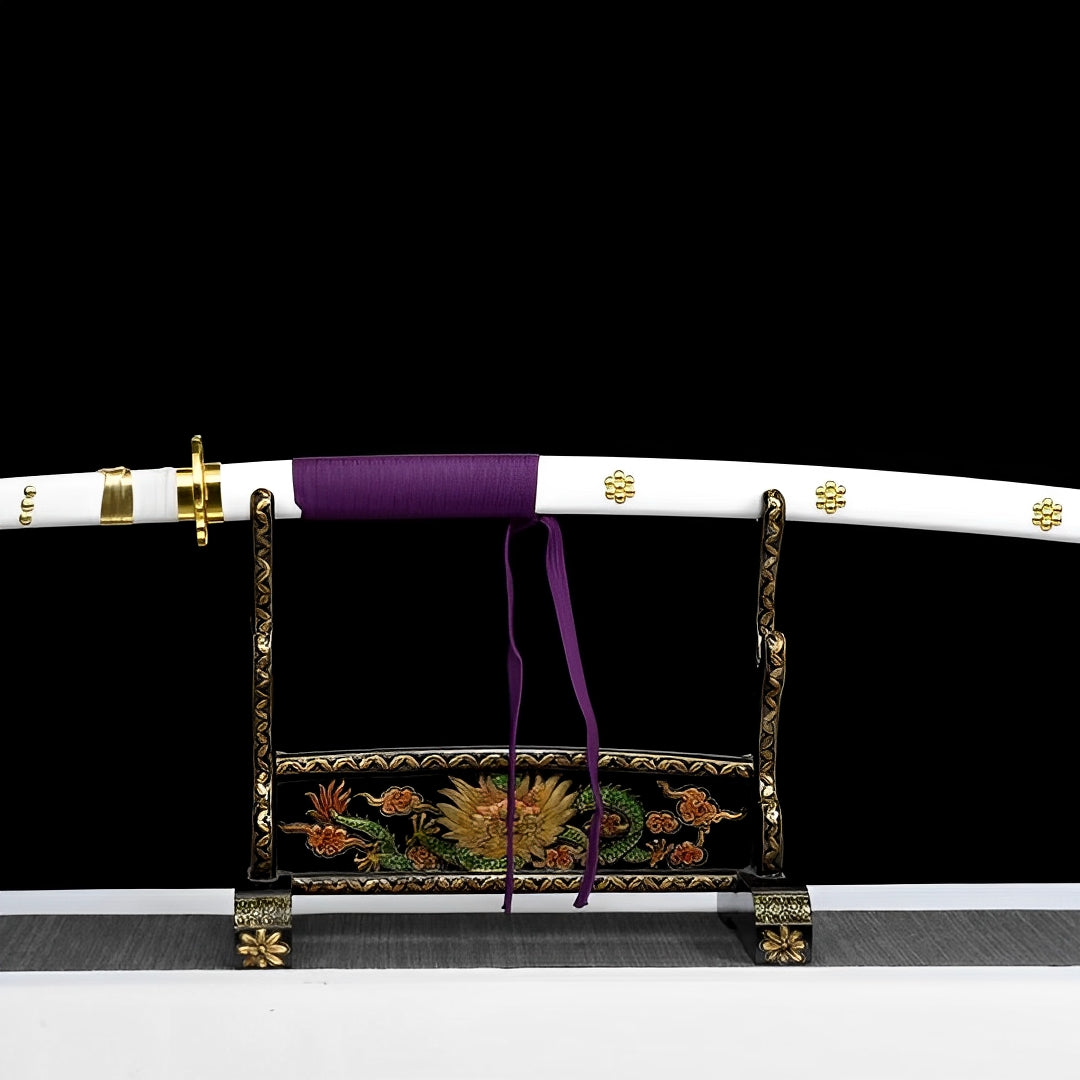
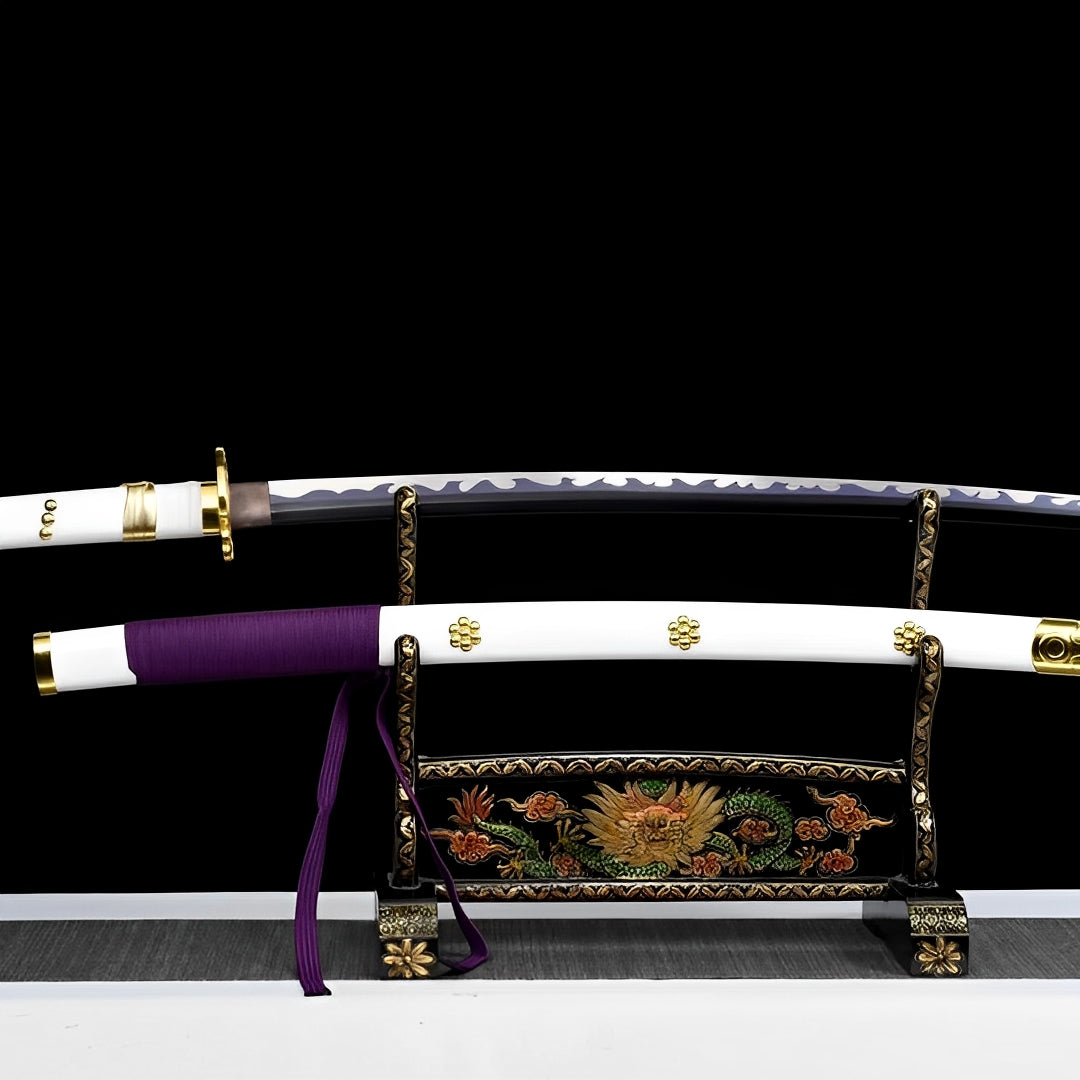
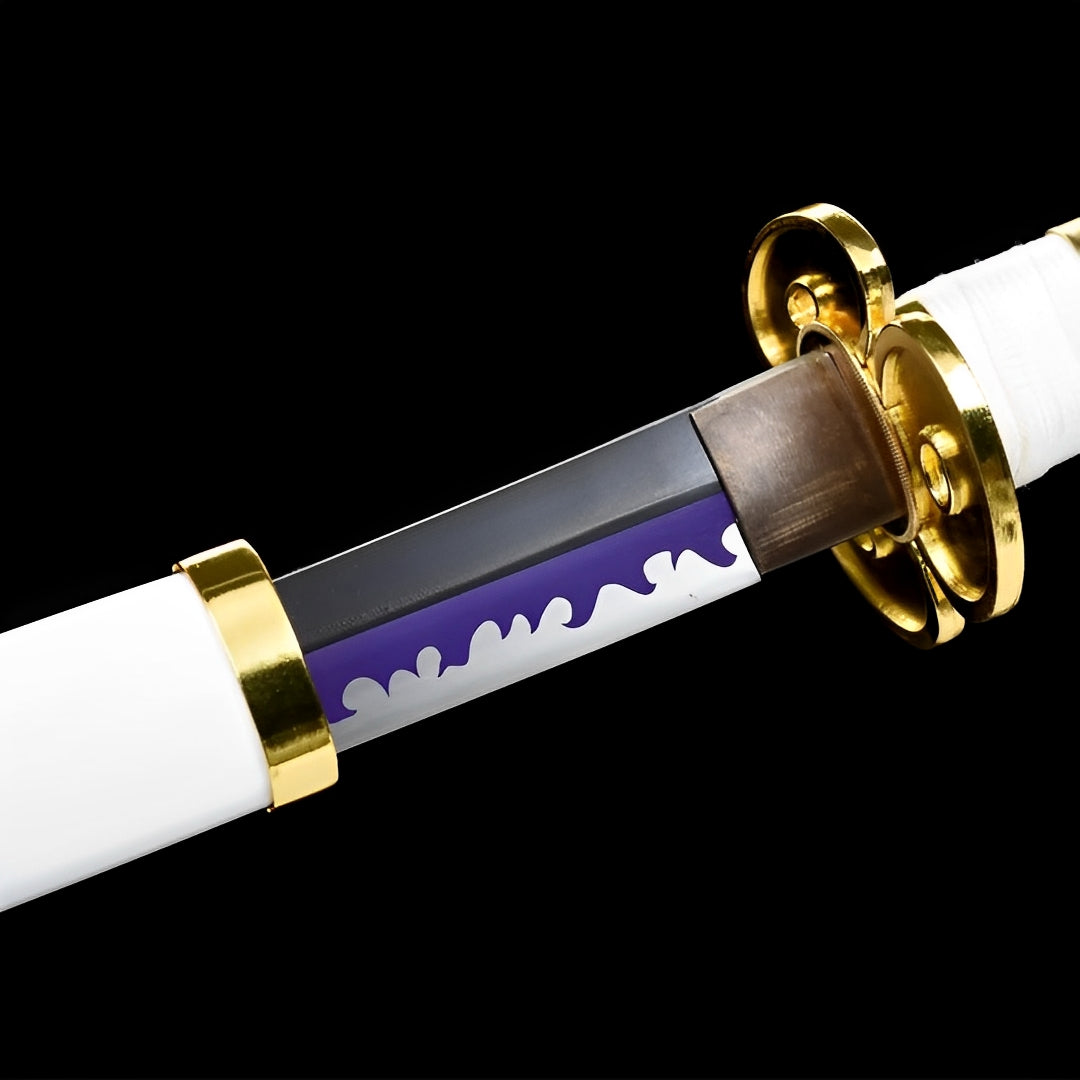
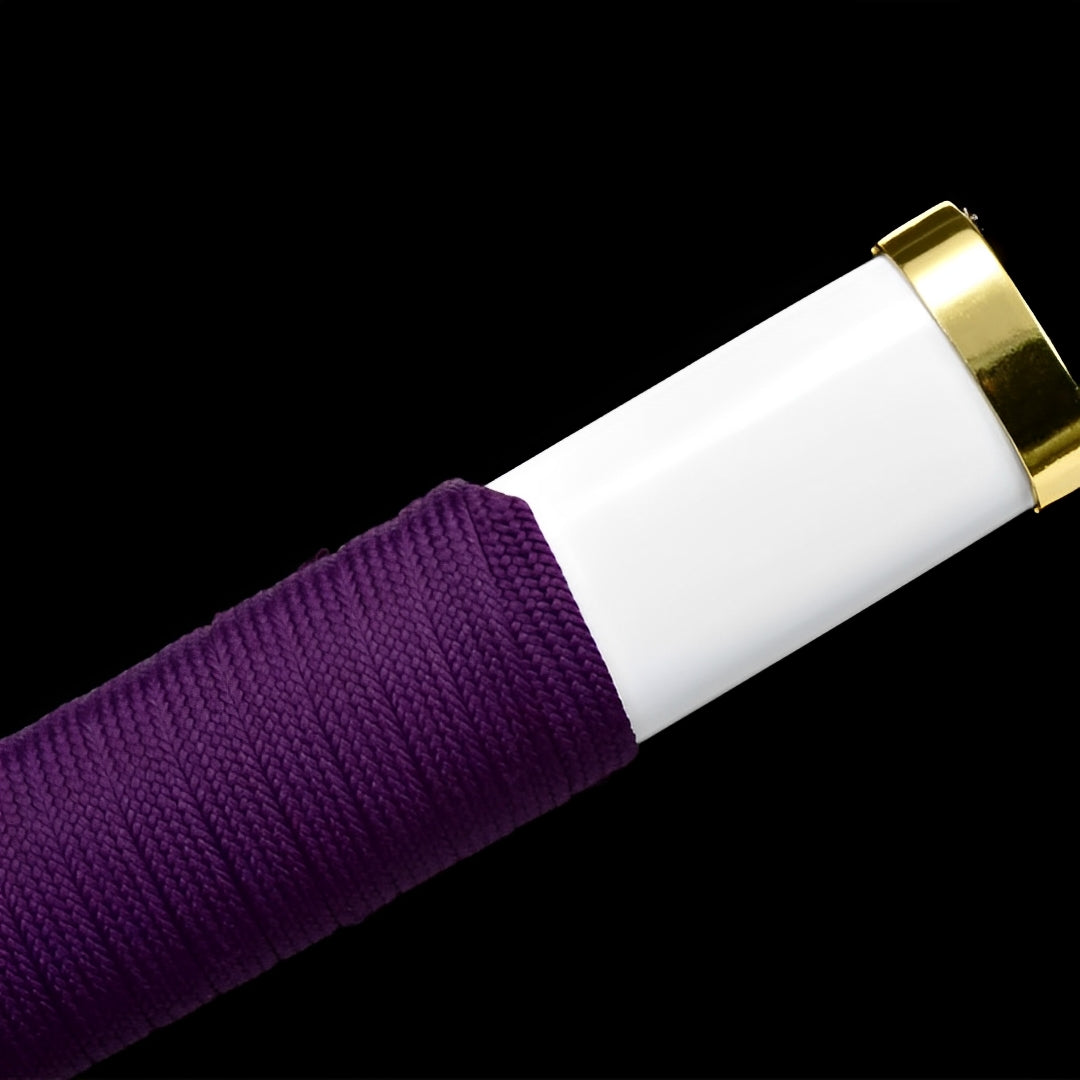
Why choose us
Ships within 48/72h
Forged Blade
Collector Quality
Trusted Globally
Inspired by Japan
Ame no Habakiri Katana (One Piece) - 魂の
Included with your order



Note: Engraving placement and orientation may vary by blade model (hamon, geometry, and flat area).
Free Shipping over $250
No Bots, No AI
Refund Guaranteed
Free Shipping over $250
No Bots, No AI
Our team is here to help with any questions or concerns.
We’re always happy to assist you — don’t hesitate to reach out.
Why choose us
Ships within 48/72h
Forged Blade
Collector Quality
Trusted Globally
Inspired by Japan

Ame no Habakiri Katana (One Piece) - 魂の
Specifications
- Handmade
- SHARP
- Blade: Carbon Steel 1060
- SAGEO & ITO in Cotton
- Synthetic Rayskin
- Full Tang
- Iron Tsuba
- Total size: 105cm / 41 (in)
- Blade size: 72cm / 28 (in)
- Blade width: 3,2cm / 1.2 (in)
- Blade thickness: 0,7cm / 0.27 (in)
- Handle size: 30cm / 11.8 (in)
Ame no Habakiri Katana - Sky-Splitting Shogun's Legacy
Command heaven itself with Ame no Habakiri, the legendary blade that cleaved clouds themselves. This royal One Piece sword transcends mortal weaponry - regal violet adorned with white wave crests suggesting storms parting before its edge, golden fittings radiating shogun authority, the name literally translating "Heavenly Cutting Blade" or "Snake Slayer" marking it as one of twenty-one O Wazamono grade treasures. Not pirate's plunder but Kozuki clan heirloom passed from Oden's father through generations, the blade witnessing Wano's glory, fall, and eventual liberation, asking whether nobility means bloodline or choices defining character.
The Twenty-One O Wazamono Legacy
Ame no Habakiri ranks among One Piece's most historically significant weapons - a legendary O Wazamono grade blade (second-highest sword classification) originally wielded by Kozuki Sukiyaki (Wano's shogun and Oden's father), later inherited by Oden who dual-wielded it with Enma, eventually passed to young Momonosuke who lacks skill wielding it but carries its legacy. This heritage katana represents four generations of Kozuki leadership.
The blade's name references multiple legends. "Ame no Habakiri" connects to Japanese mythology's sword used by storm god Susanoo slaying the eight-headed serpent Yamata no Orochi. In One Piece's world, Oden supposedly used it alongside Enma scarring Kaido (a dragon, mythological serpent's kin), the blade proving capable of wounding "unkillable" Yonko. That feat alone elevates it to legendary status.
Unlike Enma which hungers for wielder's Haki or Shusui which became kokuto through Ryuma's battles, Ame no Habakiri maintains mysterious neutrality - a powerful blade without cursed appetite, legendary without demanding sacrifice, noble without corrupting wielder. This balanced legendary sword suggests that not all great weapons extract terrible prices; some simply excel through superior craftsmanship and historical significance.
The O Wazamono classification means master swordsmiths forged this blade using techniques and materials surpassing normal weapons. Only 21 swords earned this grade across One Piece's entire world, making Ame no Habakiri rarer than most Devil Fruits. Collectors owning replicas possess connection to that exclusive tier where craftsmanship becomes art, where tools transcend utility achieving cultural treasure status.
One Piece historians recognize Ame no Habakiri as critical to understanding Wano's complex history. The blade witnessed Sukiyaki's legitimate rule, Oden's adventures with Whitebeard and Roger, Orochi's coup enabling Kaido's occupation, and Momonosuke's prophesied return. That sword knows Wano's secrets from perspective spanning decades of turmoil and transformation.
Purple Nobility Authority
The deep violet central section creates instant visual distinction from every other One Piece sword. This royal purple wasn't chosen randomly - it historically represented highest nobility across Asian cultures, the color reserved for emperors, shoguns, aristocracy. Ame no Habakiri's purple announces: this blade belongs to rulers, not pirates.
The shogun sword coloration contrasts deliberately against Wano's common black weapons. When Sukiyaki held court, when Oden trained in castle grounds, when Momonosuke eventually reclaimed his birthright - that purple announced the Kozuki bloodline's presence, the legitimate authority that Orochi's black-market power could never replicate despite stolen position.
Traditional Japanese purple dyes came from rare gromwell plant roots, requiring extensive processing and commanding premium prices. Only wealthy families afforded purple-dyed fabrics and objects. The katana's purple therefore communicates both literal expense (quality materials, master craftsmanship) and symbolic wealth (generations of accumulated Kozuki treasures, cultural heritage money cannot buy).
The color also references storms and sky-cutting legend. Just before thunderstorms, clouds sometimes display purple-gray tones, the atmosphere charged with electricity about to discharge. Ame no Habakiri's purple suggests that pre-storm energy, the blade containing weather-altering power its name claims, ready splitting heavens when properly wielded.
Modern collectors appreciate purple's sophistication. Unlike aggressive reds or gloomy blacks dominating anime swords, this violet creates refined presence suitable for upscale displays, mature collections, or spaces where weapons must justify existence through aesthetic contribution beyond mere fandom signaling.
White Wave Crests
The pale wave patterns adorning the purple section create visual reference to Wano's island geography and the storms Ame no Habakiri supposedly commands. These stylized crests follow traditional Japanese seigaiha (blue ocean wave) design adapted to white-on-purple palette, creating sophisticated pattern that rewards close examination.
The storm blade waves also symbolize Kozuki clan's relationship with sea and sky. Oden famously tried sailing out multiple times as child (nearly drowning), eventually joining Whitebeard's pirates exploring ocean's mysteries, then Roger's crew reaching Laugh Tale. The waves acknowledge that while Kozuki ruled land-locked Wano, their ambitions and adventures extended to maritime horizons.
Traditional sword decoration rarely featured wave patterns so prominently - most preferred dragons, flowers, or geometric designs. The waves therefore mark Ame no Habakiri as exceptional, suggesting blade with elemental affinity beyond mere metal. In world where swords can gain sentience (Cursed Blades) or transform through battle (kokuto), perhaps Ame no Habakiri actually channels storm energies.
The white-on-purple creates color harmony with the white saya sections flanking the violet center. This integrated design demonstrates sophisticated aesthetic planning where every element relates to the whole, preventing the sword from feeling cobbled together from mismatched components. The unified heritage blade announces itself as conceived totality rather than accumulated parts.
Golden Shogun Regalia
The brass fittings throughout don't merely provide functional protection - they announce wealth, authority, the resources commanded by legitimate Wano government before Orochi's coup. The elaborate golden tsuba possibly features four-petaled flower or geometric pattern suggesting both aesthetic sophistication and symbolic meaning (four seasons, four cardinal directions, completeness).
Traditional shogun weapons featured extensive metalwork demonstrating both the ruler's wealth and artisans' skills serving that wealth. Ame no Habakiri's golden fittings continue that tradition, each component receiving attention befitting national treasure rather than disposable tool. The royal weapon brass suggests this blade was maintained by castle weaponsmiths who understood that shogun's sword represents government authority physically manifested.
The golden color specifically creates warm accent preventing the purple-white from becoming too cool or aloof. This strategic warmth suggests that while Kozuki clan rules from position of authority, they maintain connection to their people - Oden's beloved "fool of a lord" personality, Momonosuke's vulnerability and growth, the family's ultimate willingness sacrificing everything protecting Wano's citizens.
Quality brass develops beautiful patina enhancing rather than diminishing carved details. As Ame no Habakiri ages through display and handling, the golden fittings will mellow to honey tones with darker accents emphasizing three-dimensional features. This natural evolution mirrors how Kozuki legacy matures through generations - not degrading but gaining character, each era adding depth to the family's ongoing story.
Kozuki Heritage Piece
For Wano arc collectors, Ame no Habakiri represents essential context piece explaining Kozuki clan's legitimate authority and the weight Momonosuke carries. While Enma gets attention as Zoro's powerup and weapon scarring Kaido, Ame no Habakiri matters equally as symbol of rightful rule, the blade that should hang at shogun's side during audiences and ceremonies.
The purple-white-gold aesthetic photographs beautifully, creating sophisticated presence in collection displays. Pair with Enma showing Oden's dual-sword style, position near Wano arc artwork celebrating liberation, or display solo acknowledging the blade's independent significance beyond character-specific associations.
Cosplay applications suit Momonosuke cosplayers or those portraying generic Wano nobility. The royal coloration and elaborate fittings announce high status, the blade working equally well for young Momonosuke struggling under legacy's weight or adult Momonosuke (aged by Shinobu's Devil Fruit) accepting shogun responsibilities.
Investment considerations favor historically significant weapons from completed story arcs. Wano's conclusion established Momonosuke as legitimate shogun with Ame no Habakiri symbolizing that restored authority. The blade's narrative importance ensures lasting relevance beyond temporary popularity spikes, making it stable long-term collectible.
The legitimate authority blade particularly appeals to fans appreciating One Piece's exploration of inherited power versus earned leadership. Momonosuke initially seemed weak holding Ame no Habakiri, incapable wielding legendary weapon. But his growth throughout Wano proved leadership requires courage and wisdom more than combat prowess - qualities this 8-year-old (aged to 28) demonstrated when choosing to live as shogun despite preferring adventure with Straw Hats.
Care Instructions: Wipe purple section carefully maintaining its royal coloration - this blade represents generations of legitimate rule demanding proper preservation. Clean white sections preventing discoloration that would diminish the wave patterns' clarity. Polish golden fittings with reverence befitting shogun's regalia. Handle with understanding that some blades carry weight beyond physical steel - they bear nations' hopes, families' legacies, the expectations of everyone believing that sword's wielder can restore glory lost. Display where it reminds you that inheritance means responsibility, that legendary weapons choose worthy bearers, that sometimes greatest strength is accepting burdens you didn't ask for but cannot in good conscience refuse.
The sky splits. The serpent falls. The Kozuki shall rule Wano once more.
Legal Disclaimer
By purchasing from Katana Corp, you acknowledge and agree that:
- You are at least 18 years of age (or the age of majority in your jurisdiction).
- You are solely responsible for verifying and complying with all local laws and import regulations before placing an order.
- Some countries prohibit the importation of swords entirely. Katana Corp is not responsible for orders delayed, seized, or refused by customs authorities.
- All katanas and related products are sold strictly as decorative and display items. They are not intended or certified for combat use.
- Depending on the jurisdiction, swords may legally be considered bladed weapons, subject to specific restrictions or prohibitions.
- Katana Corp disclaims all liability for any injury, damage, or legal consequences resulting from misuse, abuse, or unlawful use of its products.
For full details, please refer to our Terms of Service.
Care & Maintenance
To maintain your katana's appearance and performance over time, we recommend:
- Regularly wiping the blade with a soft cloth to remove fingerprints and moisture.
- Applying a light coat of choji oil to prevent rust (for carbon steel blades).
- Storing the sword in a dry place, preferably inside its saya.
- Avoiding direct contact with hard surfaces to preserve sharpness and finish.
For more care tips, check our full maintenance guide in the FAQ section.
Behind the Blade
Every katana we offer carries the essence of centuries-old craftsmanship.
More than just a weapon, the katana symbolizes discipline, honor, and mastery.
Our artisans draw inspiration from traditional forging methods to ensure each blade reflects the spirit of the samurai — strength, precision, and soul.
Owning one is not just about aesthetics — it’s about carrying a piece of that legacy.
User Experience
This katana is designed to offer a perfect balance between blade and handle.
Its ergonomic tsuka (handle) allows a secure two-handed grip, while the weight distribution ensures smooth, fluid movement.
Whether for training, display or cutting practice, handling feels natural and precise.

The Art of Traditional Forging
Each katana we craft is born from centuries of samurai tradition.
Our master smiths shape every blade by hand, folding the steel to achieve unmatched strength, flexibility, and beauty.
This time-honored process is not just about creating a weapon? it’s about preserving a legacy of discipline, honor, and artistry.
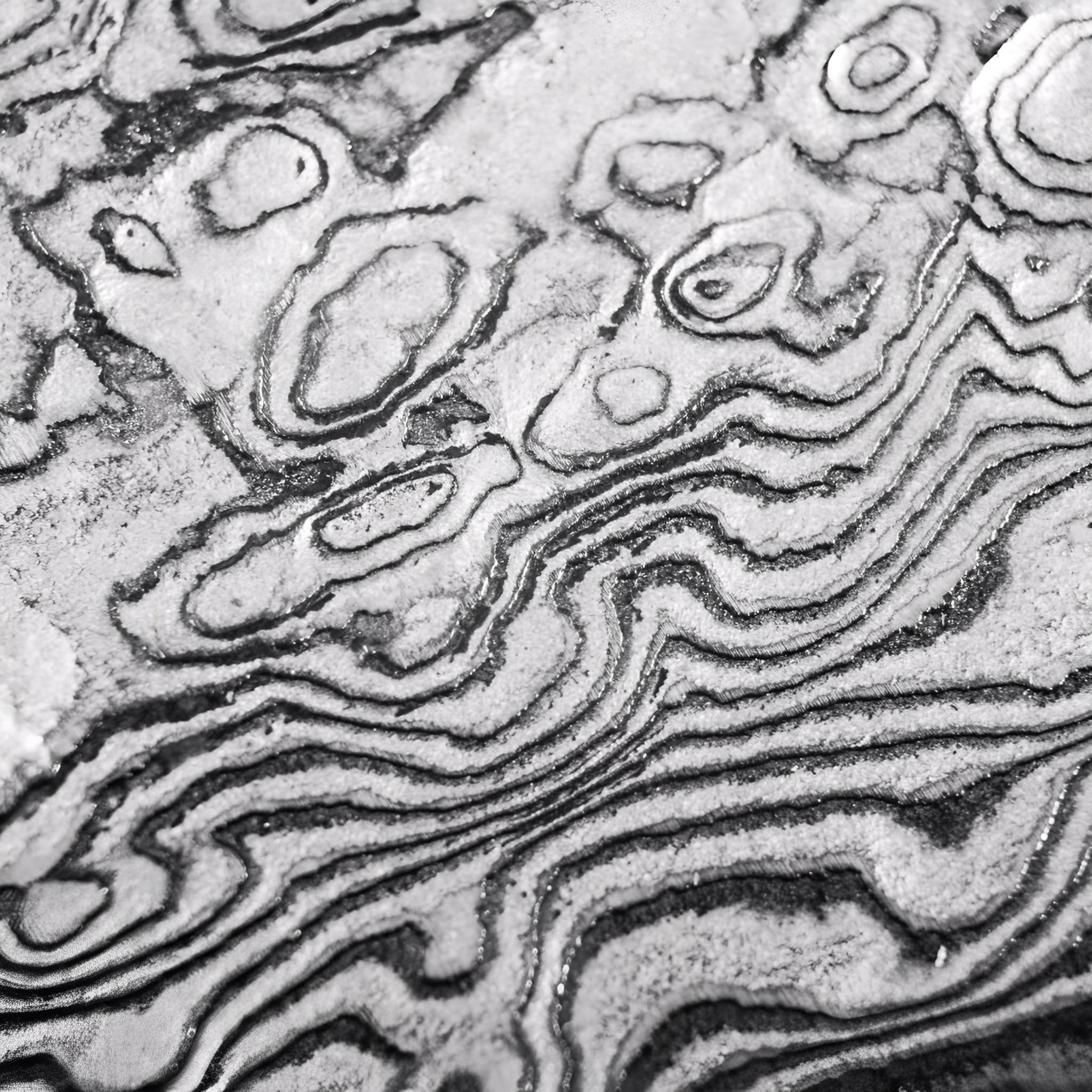
Materials Chosen Without Compromise
We select only the highest-grade steels and authentic fittings to ensure every katana is both a masterpiece and a reliable companion.
From the flawless hamon line to the perfectly balanced tang, each detail is carefully inspected to meet the highest standards of performance and aesthetics.
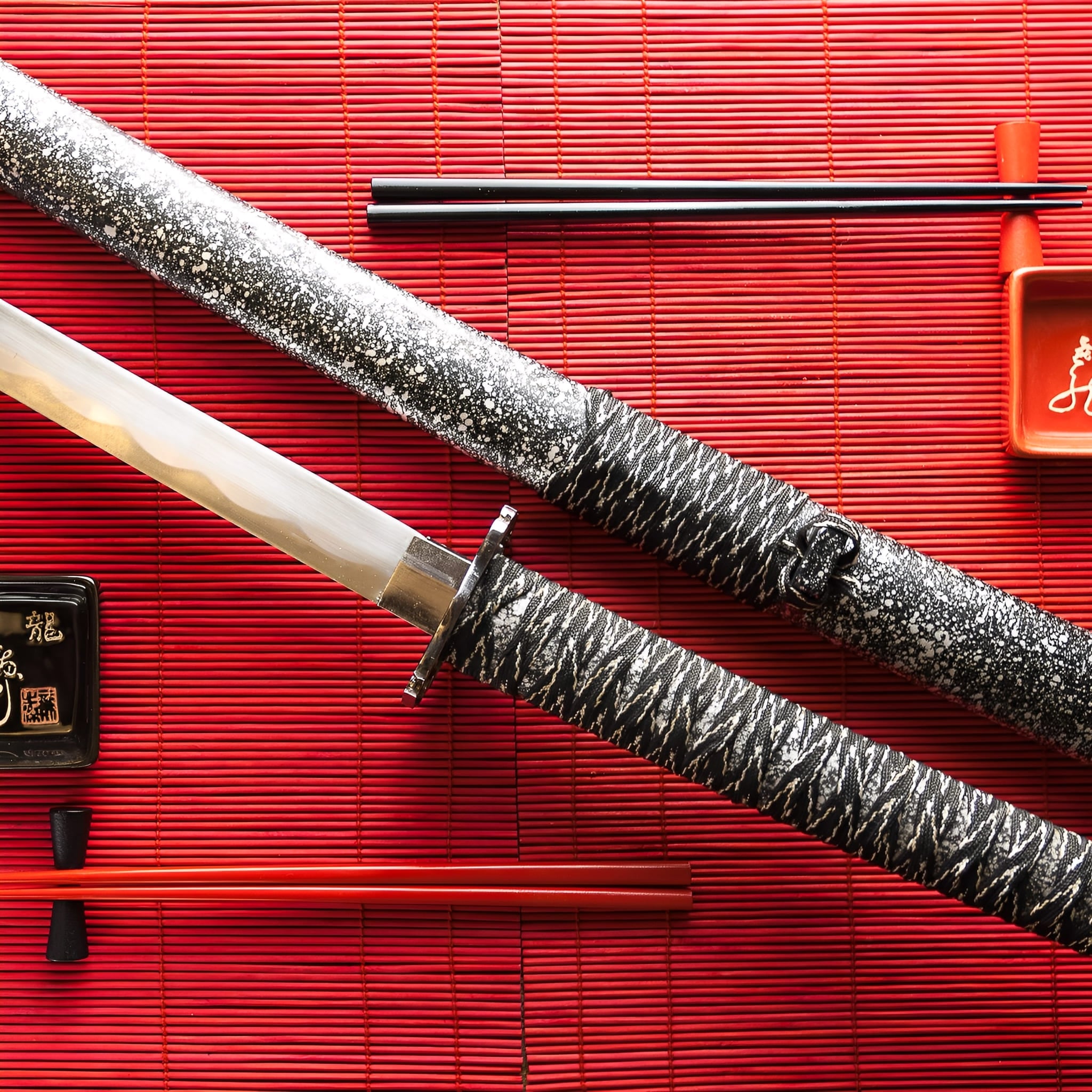
More Than a Sword, A Lifelong Legacy
Owning a handmade katana is an experience that goes beyond the blade itself. It’s holding history, tradition, and craftsmanship in your hands.
Whether displayed as a work of art or wielded with precision, your katana will stand as a symbol of timeless skill and dedication for generations to come.
-
Key Destinations
United States: 5–7 days
Canada: 5–7 days
Australia: 6–9 days
Denmark: 4–6 days
Netherlands: 3–5 days
Sweden: 4–6 days
Switzerland: 3–5 days
Finland: 5–7 days
Singapore: 6–8 days -
Central European Partners
France: 2–3 days
Germany: 3–5 days
Spain: 4–6 days
Italy: 4–6 days
Belgium: 3–5 days
Austria: 4–6 days
Ireland: 4–6 days
Poland: 4–6 days
Portugal: 4–6 days -
Extended EU Network
Czechia: 4–6 days
Hungary: 4–6 days
Slovakia: 4–6 days
Slovenia: 5–7 days
Romania: 5–7 days
Bulgaria: 5–7 days
Croatia: 5–7 days
Serbia: 5–7 days
Estonia: 5–7 days
Latvia: 5–7 days
Lithuania: 5–7 days
Luxembourg: 3–5 days
Greece: 5–8 days -
FAQ’s
Visit our FAQs page to find answers to common questions.